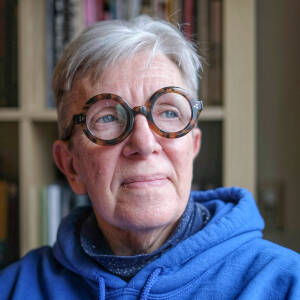Ethics and photography
Whenever, as photographers of the human condition, we take pictures of people we don’t know, particularly if those people’s lives are very different from our own, we must be aware of our privilege, as people who own cameras and computers; as people who have a kind of power. Perhaps we are taking pictures of people we respect, and we mean for our pictures to convey that respect, but we still need to be aware of the danger of “othering” or “exoticizing” people to our audience. Who will view our pictures? How will we use those pictures? How would the people in the pictures feel if they could hear the responses of others to the images of themselves? Will those who see our pictures feel justified in holding onto their stereotypes of the people in our photos, or will their stereotypes be broken by our photographs?
These are some of the questions being asked by the current exhibit of photographs of Native American (Indian) people--by other Native American photographers, and by Edward Curtis, whose lifelong passion was to document the lives of Native Americans and their artifacts, their ways of dress, their houses, their faces. And yet. He altered the pictures; he posed them; he used his pictures to portray his personal view of Native American people, not their views of themselves; and he didn’t always publish the names and stories of the people in his pictures. If you’re interested in these questions, and if you have time, you might enjoy reading the article published in conjunction with the exhibit.
Sue and I saw the exhibit today, and I took the photograph above in the museum.

Comments
Sign in or get an account to comment.


